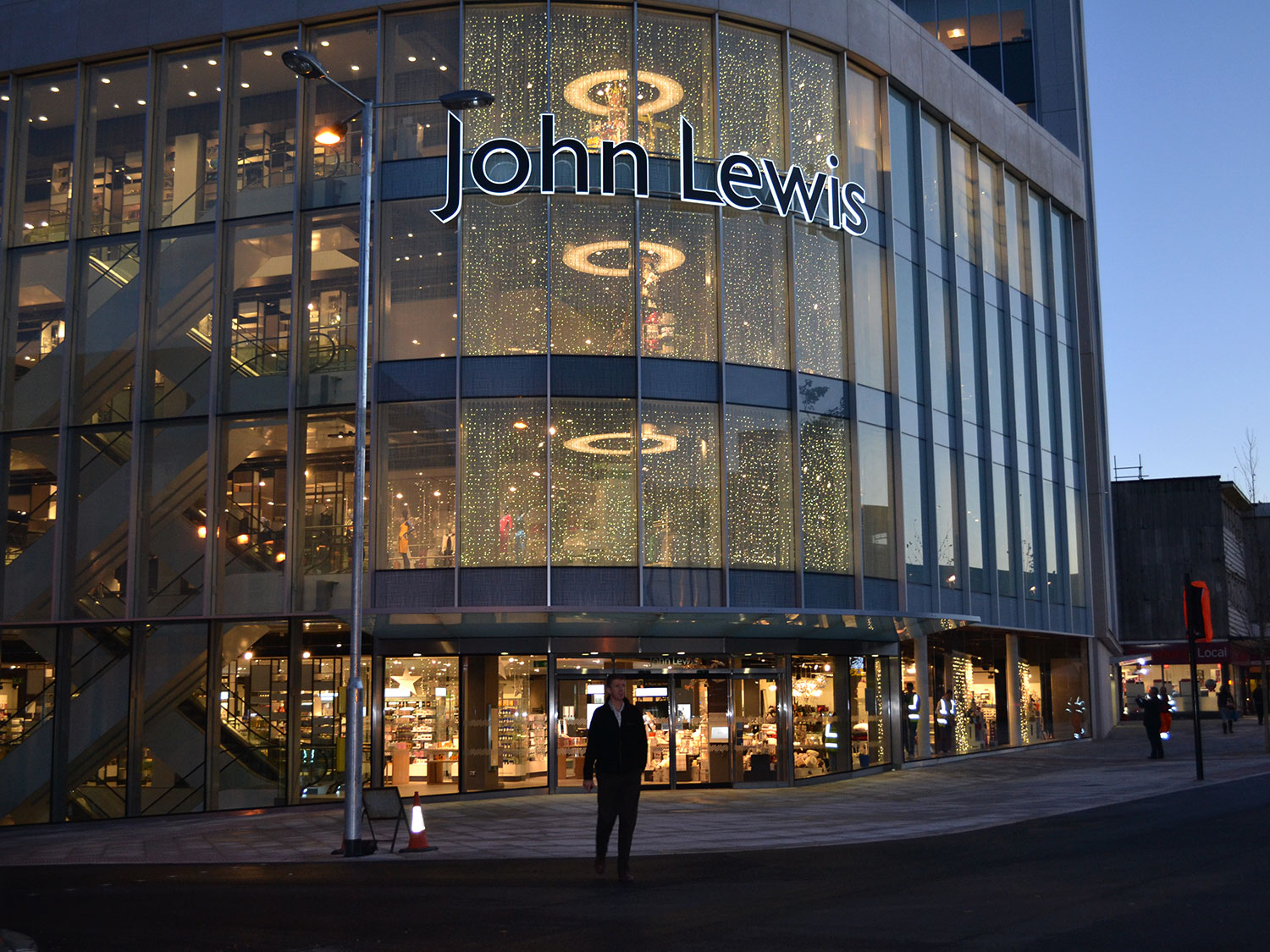

LONDON: British fashion retailers will switch their spending firepower to technology from the high street in 2017 after online shopping became the key driver of sales growth over the all-important festive period. Marks & Spencer is investing in apps, its website and logistics, while spending 350 million pounds over five years to close 10 per cent of clothing and home space. Department store John Lewis said it was cutting staff bonuses in part to enable it to invest in its online operations after 40 per cent of its Christmas sales came from the web.
And Next, which failed to keep up with rivals for a second Christmas in a row, will spend 10 million pounds to improve its online operations and marketing.
“They will have to invest in infrastructure and it will weigh on margins, but if you get it right you have a profitable online business,” said one large institutional investor in UK retail who asked not to be named due to company policy.
“And you can engage on multiple platforms.”
The renewed drive in technology comes as British web-only players ASOS and Boohoo continue to race ahead, helping Britons to embrace online shopping more quickly than their European cousins.
And the pressure is relentless. ASOS, with nearly 5 million active users in the UK, said it would increase its own capital expenditure to keep ahead of the pack after it posted 18 per cent UK sales growth in the four months to the end of the year.
Boohoo grew British sales by 31 per cent in the same period.
Online sales have been booming in Britain for years, with ecommerce accounting for nearly a quarter of all purchases in December, according to the British Retail Consortium.
In the 52 weeks to December 18, overall fashion sales fell 2 per cent, according to market research firm Kantar Worldpanel, while pure online players grew 7 per cent as fashion lovers snapped up goods through simple apps on their mobile.
While trading updates show that traditional retailers grew their sales by selling additional goods to customers picking up online orders in store, the move online also brings new challenges such as the high number of goods that are returned.
The signs of the change can be seen across the country, on small high streets where independent shops have shut - hurt by high business rates - and on the stock market where the share price of Boohoo has jumped by 500 per cent in two years.
Pick-up lockers at railway stations and petrol pumps mean parcels can be picked up at any time, while changing rooms in standalone sites in the centre of towns allow purchases to be tried on and instantly sent back if not wanted, making it as easy to shop online as it is to wander down a high street.
The industry estimates that around 30 per cent of womenswear items bought online are returned. — Reuters
Oman Observer is now on the WhatsApp channel. Click here



